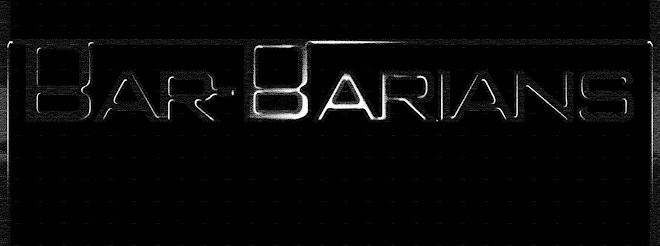Most people who don't know very much about bodyweight work think that it is limiting in that you can't control how much resistance you are utilizing. At a first pass this would seem to be true, after all you can't change what you weigh right? Well maybe you can over the long-term, but certainly not between sets. This leaves people thinking that bodyweight work would not be appropriate for them because they are either too heavy or too light to get a goo work-out with bodyweight given their strength level.
Fortunately these people are WRONG! Most any bodyweight exercise can be increased or decreased in difficulty by modifying body position and thereby adjusting the torque (<--click this link, it is worth understanding!) and effective resistance.

This can be done throughout a set so that one is continuously working at their maximum possible tension level. Bodybuilders sometimes adjust the weight during a set by taking of plates once they hit failure. This is called a drop-set. Bodyweight exercise allows even finer control though, as it is possible to increase resistance on the eccentric (also know as the negative or lowering portion) of the rep where you can handle more weight and then decrease it on the positive (concentric or lifting phase) where you are weaker. For example in the glute ham raise, one can do the negative with the arms extended overhead and the positive with the arms at the sides. It would also be possible to bend the waist a little more on the negative than on the positive. In addition to this variation one can gradually decrase torque from rep to rep. In this way one can be at the point of muscular failure for the entire set!
This technique is very hard on the body and should probably not be used for every set. Nevertheless I tend to use it all the time, because I can't get enough of the burn. For the time being I'll call these torque sets. Can you guys think of a better name, let me know in the comments. Also I'd be curious to hear if any of you employ this method and on what exercises.
+logo.jpg)
Can you give an example of a exercise that you can use torque to increase the difficulity. The example you gave, GHR, uses leverage not torque. You lengthen a lever to make an exercise harder.
ReplyDeleteHey Mad Money, is this what you mean? simple example--start with handstand pushups, then pushups with feet on bench, then flat ground pushups, then pushups with hands on bench & feet on ground, etc.
ReplyDeleteDan,
ReplyDeleteThat's not quite what I mean because those are really three different exercises, as you are pushing in three different directions. Another example aside from the GHRs would be Leg raises. First rep, raise the leg with the knee fully extended, second rep with the knee at 90 degrees and third rep with leg fully bent.
If that is not clear here is another example for Planche push-ups, straddle planche on the the negative and advanced tuck planche to push back up. Granted the angle of the push changes a little bit between those two positions but it is basically the same exercise.
All those examples are leverage, torque is a rotating motion.
ReplyDeleteI say this respectfully: you don't understand torque. Read the wikipedia link I posted then think about the GHR, it works fine for any of them but the GHR is simplest so it should be the easiest to understand.
ReplyDeleteWTH I often use levers without any torque, that is why they gave me the name STR8ESTVR.
ReplyDeleteOPENING DOORS BY THEY HINGES / STABBING DUDES WITH SYRINGES
...
There is an alternative to this method for making b/w exercise SUPER-EFFECTIVE.
1) Years of de-conditioning and weight gain
2) Try to get out of bed, brush your teeth, or do pretty much any simple motion, you will feel the burn, GUARANTEED, TO THE MAX
3) Profit????
mad money, thanks i'll check out that link
ReplyDelete